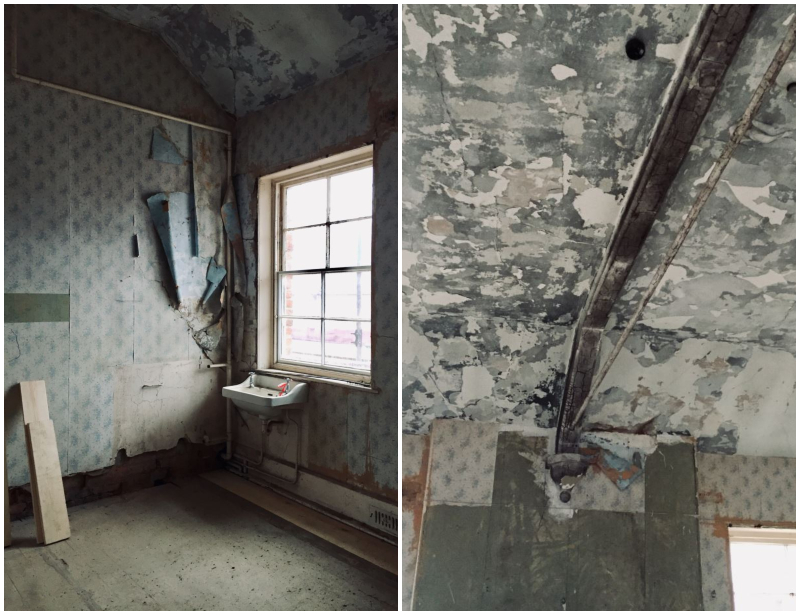.jpg)
Built in 1824, the Workhouse at Southwell is the most complete workhouse in existence. Pioneering in its design and approach, it became a prototype for similar institutions across the country. Nowadays, this austere, imposing building invites modern-day visitors to hear its stories, told from the perspective of the poorest in society who lived and worked there, and has for some time been a valuable historical asset for Nottinghamshire.
Whilst the Workhouse has been open for the public to explore since 2002, the adjacent Firbeck Infirmary has remained largely off-limits to the public, save for a small section housing the café and staff offices. In years gone by, this infirmary housed various vulnerable groups including the ill, the mentally infirm, the elderly and children. It hides a wealth of its own stories and secrets within its walls, but has lain empty and untouched for a decade, a century of history gradually fading into the dust.
But all of this is about to change.
Last week, the Visit Nottinghamshire team donned our hard hats and took an exclusive behind-the-scenes tour, led by Project Manager, Stephanie Hall-Stead, and Researcher and Firbeck Expert, Katherine Onion. We peer curiously through the dusty windows as they explain how the National Trust have embarked upon a 5-year Re-imagining The Workhouse project, which includes a major restoration of the previously untouched infirmary. Work is set to complete in spring 2019, and it will be opened to the public shortly afterwards.

We head in to see for ourselves.
They lead us through the building, pausing briefly in each room. Katherine tells us about its history, painting vivid pictures of years gone by and the inmates who resided within its walls, whilst Stephanie explains the ongoing restoration work and what they are hoping to achieve. Visitors will be taken on a journey through history, walking from room to room and from decade to decade, experiencing the origins of the infirmary up until living memory, when it was used for social housing in the 1980’s.
The project required careful in-depth research to ensure that the original properties of the building are restored and maintained, in order to give visitors an accurate insight into what life here was like. Our guides talk us through the various conservation techniques and processes that they are undertaking.
Highly qualified and specialist construction teams are painstakingly repointing, completing brickwork, recreating the historical glass windows and installing electrics in keeping with the original building to try to replicate it as closely as possible.
Researchers have analysed the surviving furnishings with painstaking attention to detail, they explain. Where possible, fine art specialists are conserving the original vintage wallpaper in-situ, or sending off samples for expert reproduction in areas it has been too badly damaged. They are also re-using the original radiators, incorporating modern day techniques to ensure they are economically efficient.
As might be expected with a building that has lain untouched for so long, they’ve been faced with plenty of challenges and hurdles along the way - including rotten beams on the first floor and damp and woodworm within the ground floor, and are working hard to ensure it is ready to welcome visitors. They are even installing a lift, making the building accessible in a way that it would not have been for inmates.
When it’s reopened, it will also include a relocated library, providing an opportunity for visitors to share and capture stories of local descendants. We’re impressed by the careful planning and work that has gone into redeveloping this into a fantastic new addition to the Workhouse visitor experience, and we can’t wait to return to see it in the spring.
This blog was written by Sophie Milne, Communications Executive at Marketing NG
Related
Comments
Nobody has commented on this post yet, why not send us your thoughts and be the first?

 to add an item to your Itinerary basket.
to add an item to your Itinerary basket.











